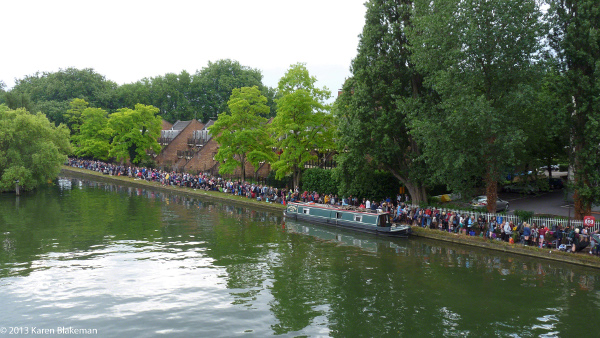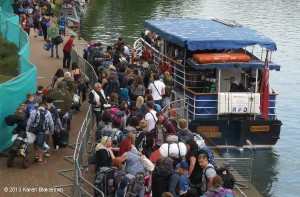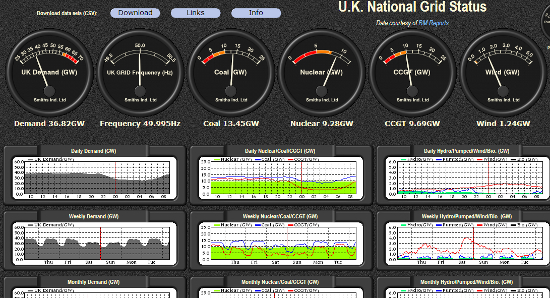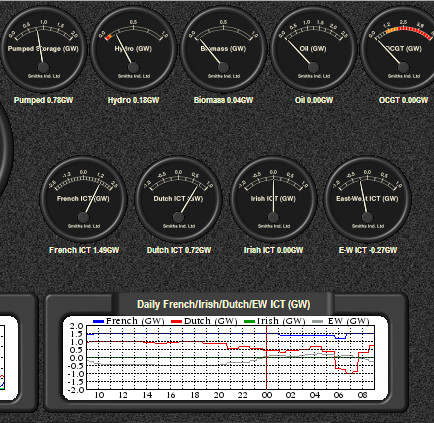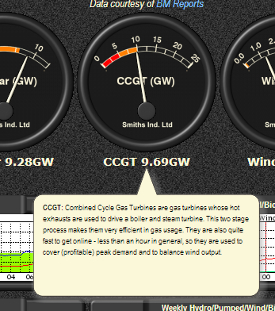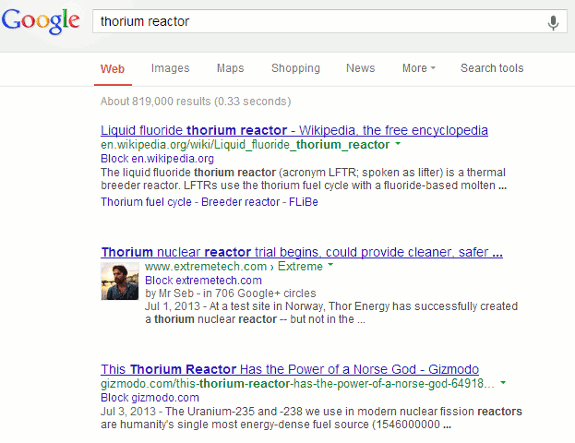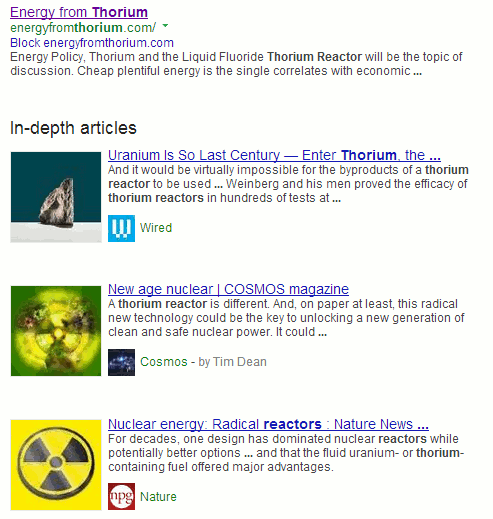I recently co-presented a webinar on researching legal information. The event was organised by TFPL, and Alan Blanchard and myself reviewed free and paid for resources together with key search techniques.
Throughout the session we polled the audience on a number of issues, the first question being “Does price guarantee quality when you are purchasing information?”. Surprisingly, given the topic of the webinar, 70% voted ‘No’ with the remaining 30% opting for ‘I don’t know’ rather than ‘Yes’. When we asked about their opinions on free information, though, 79% said they would need a result from a free source to be validated with a paid resource.
The audience could not qualify their answers – it was a simple yes/no/don’t know – but there were some interesting discussions on the issues after the event. The priced services certainly have to work hard to prove value for money and they cannot assume that their users will automatically renew each year. Free information has a big part to play in legal and business research but it is vital that one is aware of the limitations of free. For example, do you know how up to date legislation.gov.uk is and if it carries revised legislation? (See http://www.legislation.gov.uk/help#aboutRevDate for the answer). And then there is the issue of making Google run your search the way you want it run, without personalisation or deviation.
I am running two public access workshops this autumn for TFPL that look at free versus fee resources for business and legal information. The first, on 19th September 2013, is Business information: key web resources and covers:
- Portals and key starting points
- Company information
- Industry information
- Official statistics, market research
- News sources, RSS and alerting services
- Social media and professional networks
The second is Free resources and search techniques for EU and UK legislation and is on 13th November 2013. It will be looking at:
- How to use advanced search commands to find news and information on legislation
- How to use reading level and date ranges to focus the search
- Searching foreign language pages
- Options for searching journals, research information, grey literature
- Alternatives to Google, specialist tools and sites
- Assessing quality and relevance
Both days include practical sessions and places on the workshops are limited. Contact TFPL for further information and bookings.
